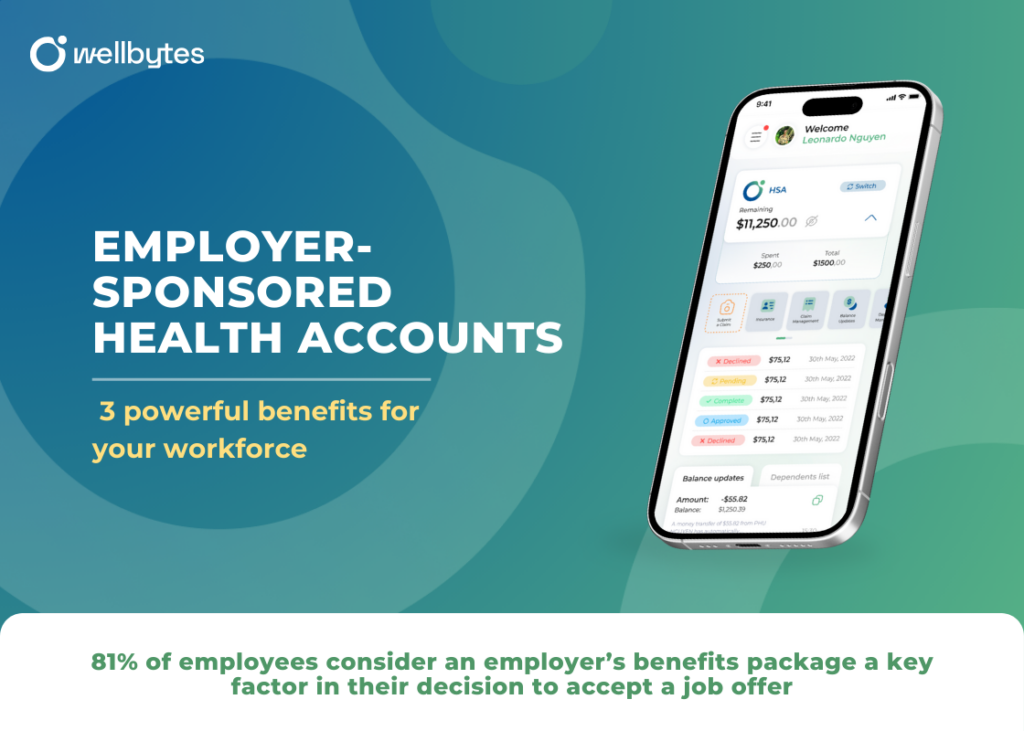Maximizing tax-advantaged employee benefits: Save more, earn more

One of the smartest and most overlooked strategies? Maximizing tax-advantaged employee benefits.
Best HSA providers in Canada – Top picks for 2025

To help you make an informed decision, we’ve reviewed some of the best HSA providers in Canada for 2025. These companies stand out for their…
Workplace wellness programs that work: 5 proven strategies for success

Workplace wellness programs are more than just a trend – they are a crucial investment in employee health, productivity, and overall job satisfaction.
Wellbytes health solution: How we support businesses in building best workplaces

Wellbytes health solution is redefining workplace healthcare benefits for businesses to support employee well-being while optimizing costs.
Employer-sponsored health accounts: 3 powerful benefits for your workforce

Employer-sponsored health accounts, such as health spending accounts (HSAs), are rapidly becoming a game-changer.
Employee productivity hacks: 7 tips for peak performance

From personalized healthcare benefits to psychological insights, these employee productivity hacks are designed to inspire change,…
Beyond salary: Why employer healthcare plans are the key to employee retention?

Employer healthcare plans are no longer viewed as a perk – they are an expectation, a deciding factor in whether an employee stays or leaves.
Employee stress management: 10 proven ways to reduce burnout

The truth is that burnout is climbing steadily, and organizations that fail to prioritize employee stress management are paying the price in lost talent,…
The truth about workplace health screenings: Why every company needs them?

Many businesses overlook one of the most effective ways to promote long-term health and productivity: Workplace health screenings.
